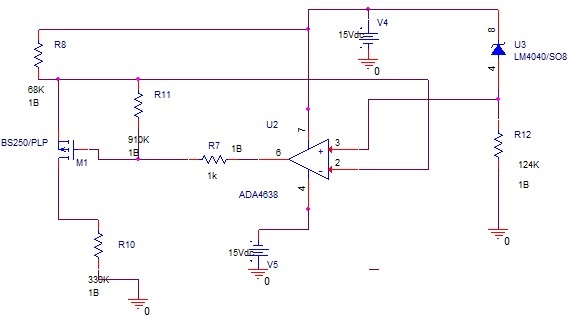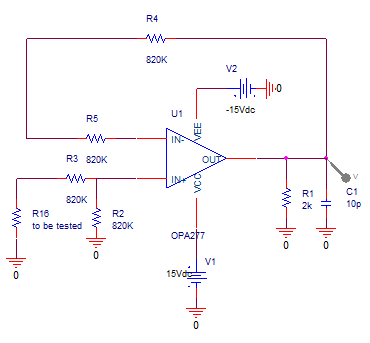Other Parts Discussed in Thread: OPA277, REF5050, LM4140, LM4132, LM4040, LM334, LM4040-N, LM234, INA121, INA114
Hi
I need to design a current source of about 30 micro amps (UA)
it should be totaly stable max 0.1 % error
The 30 UA can be changed between 28 and 40 ua if better but the stability must be sure
The aim is to measure loads resistors which vary from 100K to 400 K
THe ps available are + and - 15V
I"ve found the application note with ref102 and a OPA111 wich shoul be a solution
But I must design with CMS components and OPA111 doesn't exits?
Which module should I use ? OPA277 or ??
Thanks a lot for your support



